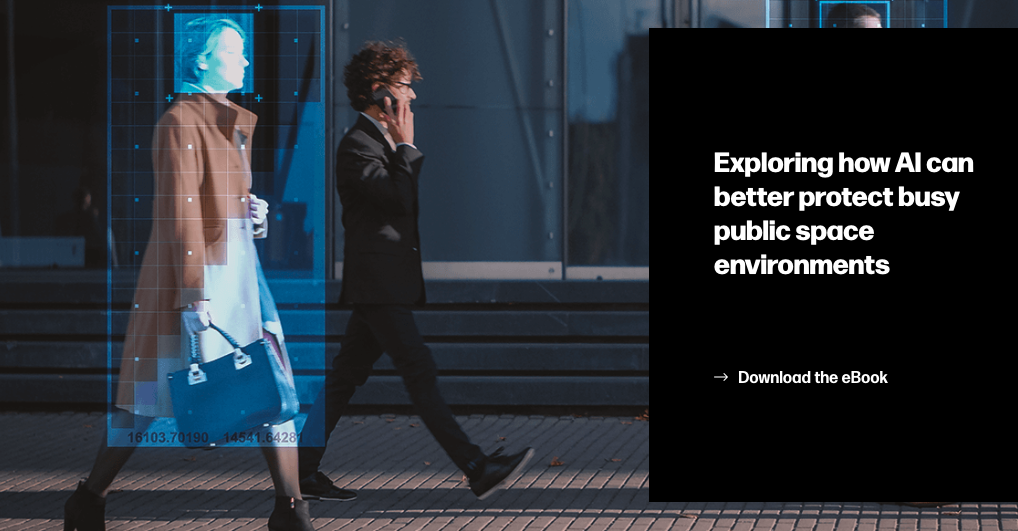 Artificial Intelligence (AI) is changing the security industry by enhancing the efficiency, accuracy, and proactive capabilities of surveillance systems. AI analyses vast amounts of data in real time, reducing the need for human operators to continuously monitor video feeds, although the human in the loop is still needed to allow human personnel to focus on critical decision-making tasks. AI-driven surveillance systems quickly identify potential risks and suspicious activities that might be missed by human eyes, such as recognizing patterns of behaviour, detecting unauthorised access, and spotting unusual movements.
Artificial Intelligence (AI) is changing the security industry by enhancing the efficiency, accuracy, and proactive capabilities of surveillance systems. AI analyses vast amounts of data in real time, reducing the need for human operators to continuously monitor video feeds, although the human in the loop is still needed to allow human personnel to focus on critical decision-making tasks. AI-driven surveillance systems quickly identify potential risks and suspicious activities that might be missed by human eyes, such as recognizing patterns of behaviour, detecting unauthorised access, and spotting unusual movements.
AI also enhances incident forensic analysis by rapidly sifting through hours of footage to find relevant evidence, speeding up investigations and improving the accuracy of findings. Moreover, AI enables proactive security measures by predicting potential threats and alerting security teams before incidents escalate, such as sending alerts for crowding, unattended bags, or other anomalies in public spaces. Importantly, AI can be designed to respect privacy while still being effective, incorporating features like blurring the faces of non-relevant individuals and ensuring data protection standards.
To help public space operators navigate the complexities of AI surveillance technology, Synectics has released a new eBook titled AI Surveillance Solutions for Public Spaces. This guide simplifies decision-making for public space operators by demonstrating how AI-driven video surveillance analytics can be used proactively and forensically to safeguard the public. The eBook is tailored for security professionals responsible for urban areas, hospitals, transport hubs, campuses, and event venues.
Jon Squires, Head of Technology Partnerships and Enterprise Solutions at Synectics, emphasizes the importance of the eBook, noting, “AI is a trending topic and a growth area across all industries. However, when it comes to surveillance, the information can be overwhelming. That’s why we’ve put together this guide, covering everything from the tech operators’ needs to real-world applications and privacy considerations. It explains how AI can be a valuable part of the team.”
The eBook delves into essential technology, such as network infrastructure, video management systems, and integrated AI engines. It explores specific applications of video surveillance in public spaces, including crime prevention, person of interest searches, and crowding alerts, while also addressing the safeguarding of privacy and the responsible use of facial recognition.
AI Surveillance Solutions for Public Spaces is now available for download, providing a comprehensive resource for those looking to implement AI in their surveillance operations and enhance public safety.







